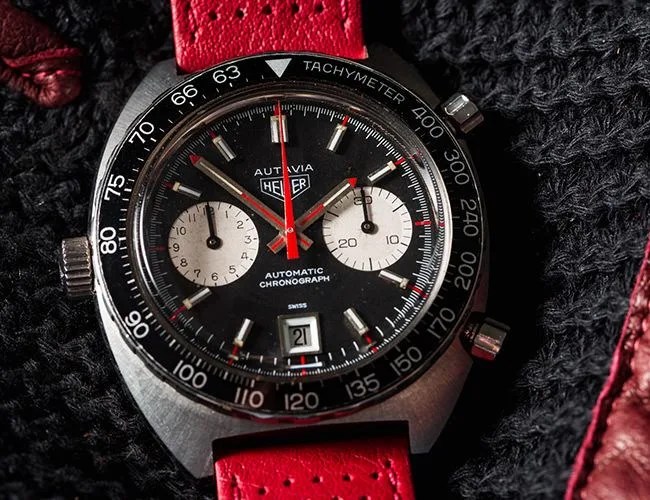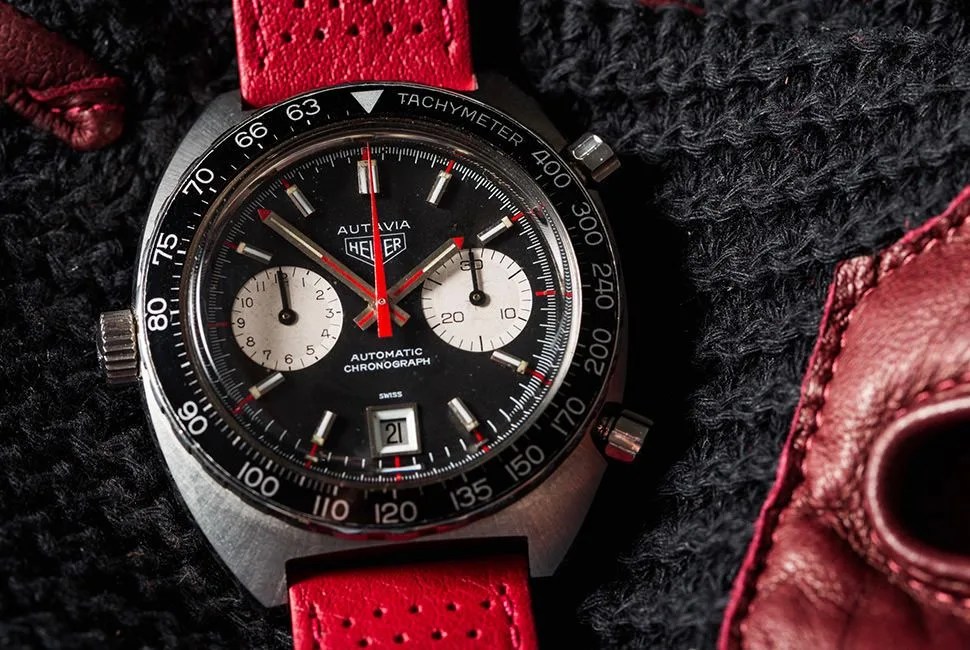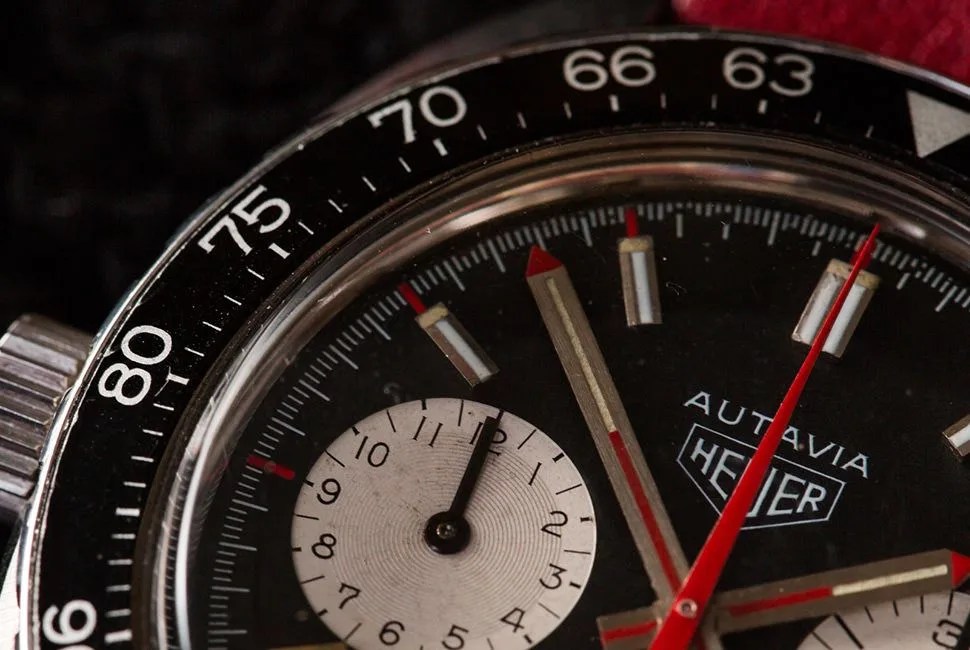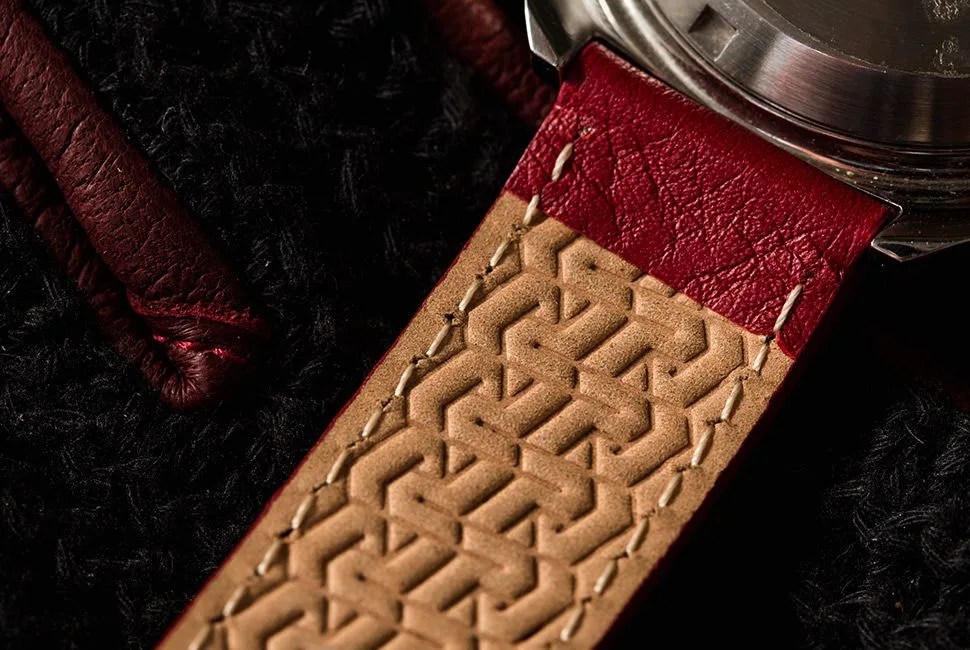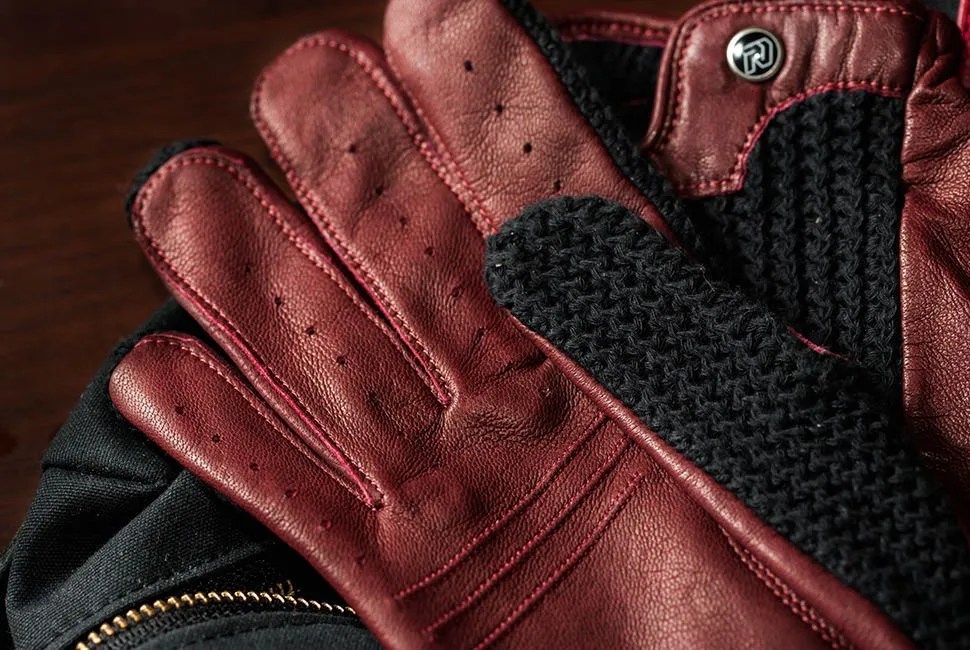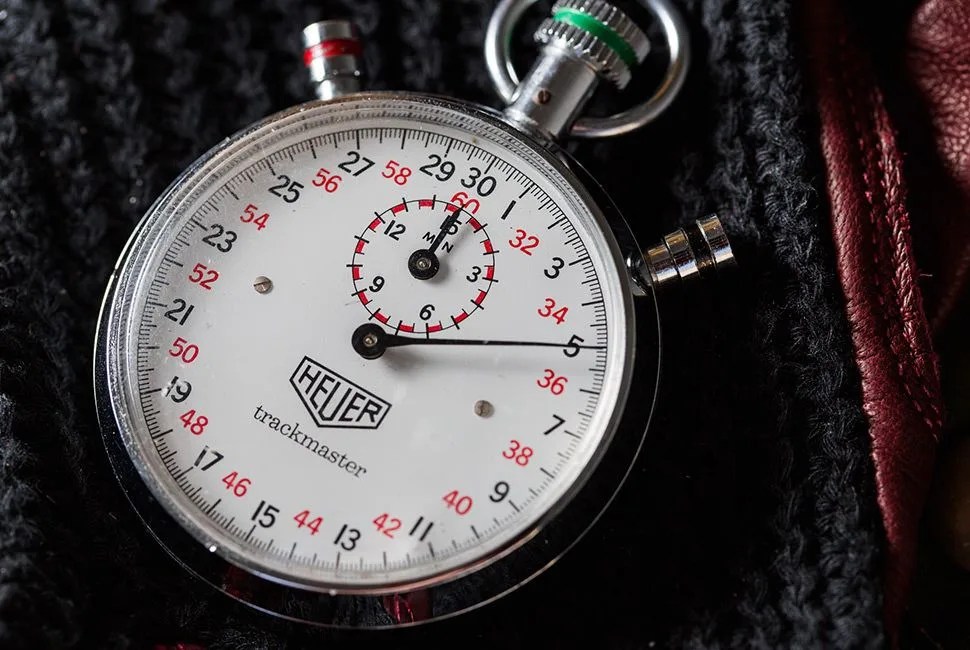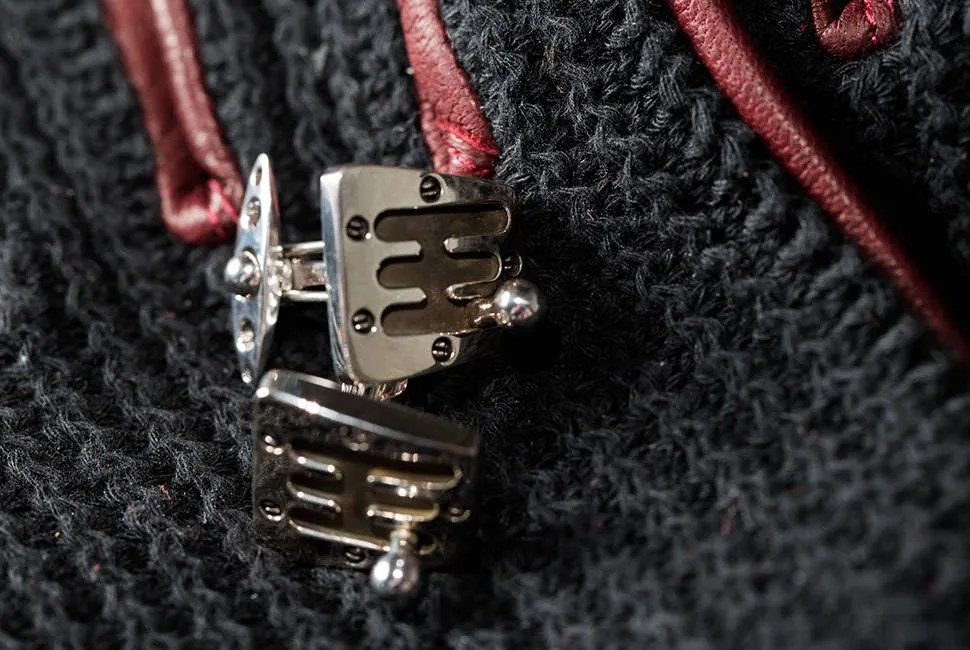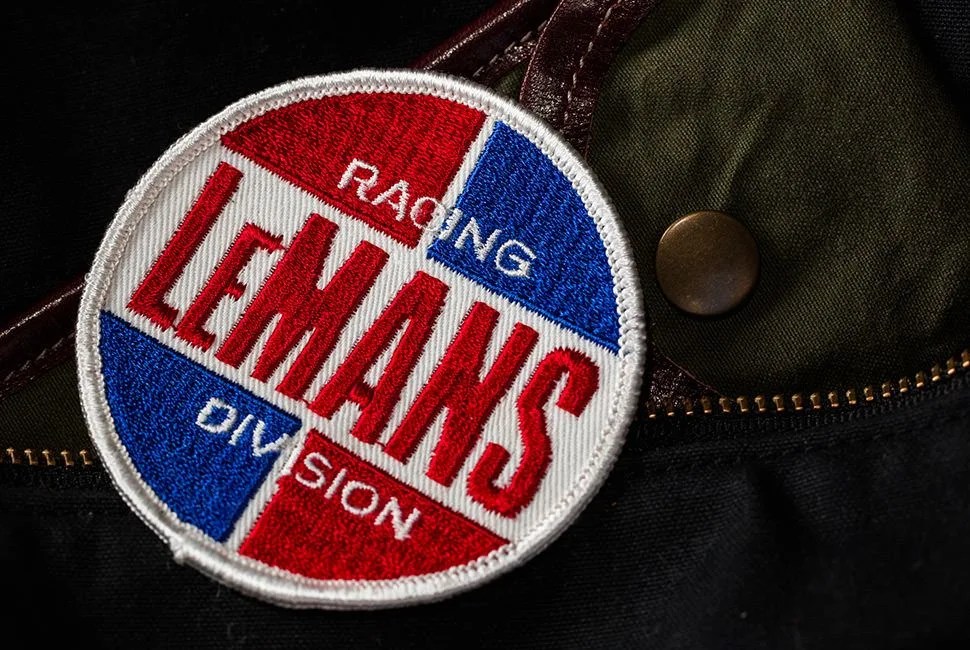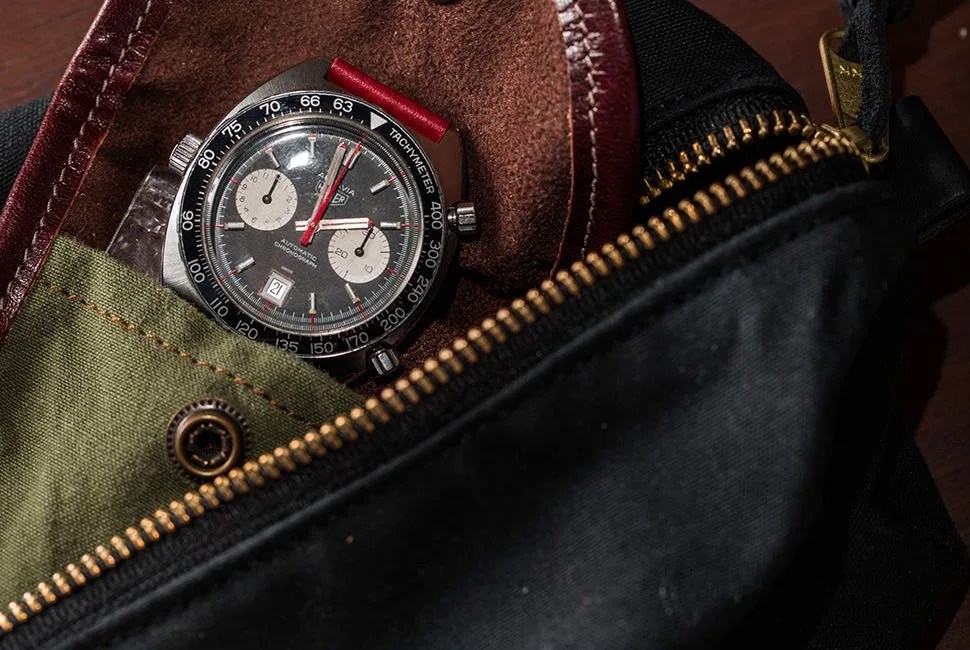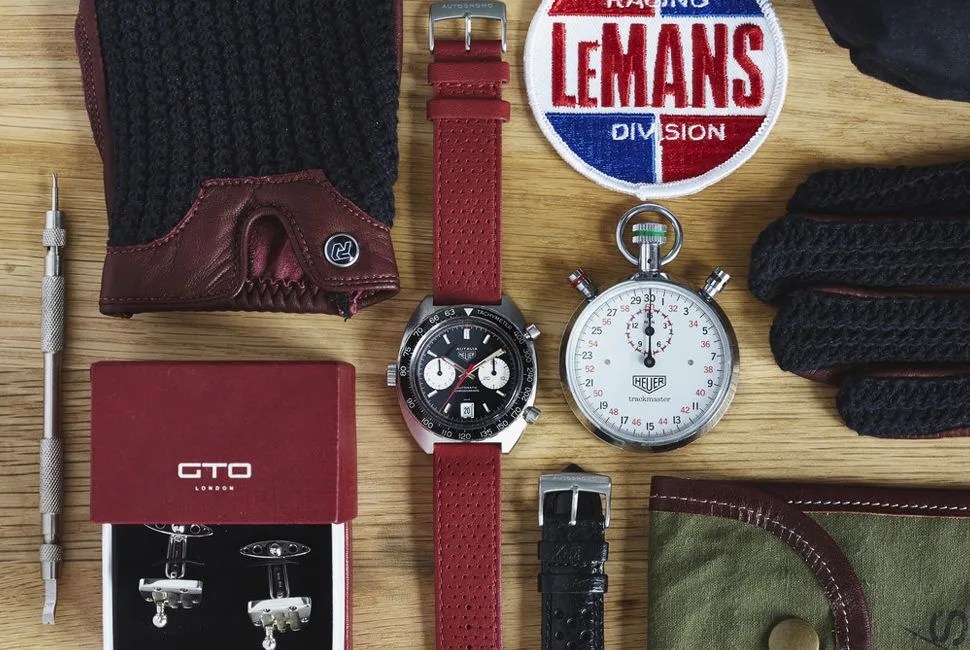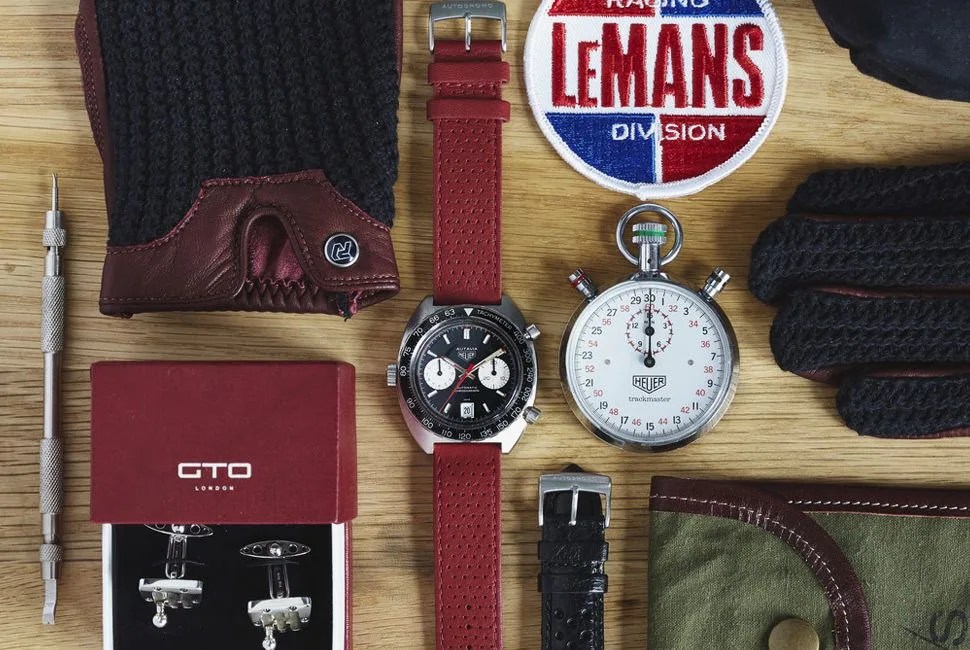9 photos
In the spirit of exploration, we’ve brought back our popular (and completely sold out) series, Timekeeping Selects — a partnership with Analog/Shift, the New York-based purveyor of vintage watches. As before, we’ve done the legwork for you, scouring sources to find cool, unique old watches with impeccable authenticity — all serviced and ready to wear. To mark the new year we’ve invigorated the series with a special twist: this time, each watch includes several handpicked accessories for a complete ready-to-go kit, with each item selected to pair with the watch. Each week, we’ll bring you a new watch across a wide variety of price ranges paired with its matching accoutrement (both vintage and new). Because these watches are more than just ways to tell time — they’re each representatives of a distinct way of life. Say hello to your new carry.
June 19, 1966. Le Mans, France — After 24 grueling hours of auto racing, three Ford GT40s crossed the finish line of the most revered race in Motorsports, the 24 hours of Le Mans. It was the first time in history that an American automobile won the race, and it opened the eyes of the world to the burgeoning force of American Motorsport. The next three years, Ford cars would claim the checkered flag at Le Mans, cementing Ford as an undeniable force in race car engineering and performance.
Ford’s four-year reign at Le Mans created a new cultural milieu: Almost overnight, Americans began paying attention to Motorsport, turning what had been a relatively obscure sport with a cult following into a household enthusiasm. Suddenly, racing was on everyone’s mind, the drivers of the day out-shining even the most dazzling Hollywood stars. Racing was now an American pastime.
The dawn of American racing sent shockwaves through various consumer markets, but few more so than in horology. Heuer, the renowned Swiss manufacturer, had been producing timepieces meant to be mounted on the dashboards of automobiles since 1911. These timers came in an array of models, designed to meet the specific needs of racers and rally drivers. Because of their broad success and brand recognition, Heuer began successfully selling wrist-borne chronographs, with models like the Carrera (produced in 1963 and named for the famous cross-Isthmus race the Carrera PanAmerica) proving wildly popular among pits crews looking for highly accurate and robust chronographs.
In 1969, a tripartite coalition of watch manufactures — Breitling, Hamilton and Heuer — released their collaborative automatic chronograph movement, the “Chrono-matic”, and changed the histories of motorsports and horology in one fell swoop.
This automatic chronograph movement, which came to be known as simply the Caliber 11, became the gold standard for racing chronographs, finding its way into various offering from Heuer, including its already well-developed Autavia line. If you were a driver or a member of a pit crew in the late ’60s or early ’70s, you were likely wearing a Heuer.
